Planet Earth news, feature and articles
Earth is one big spinning mystery in a constant state of change. With more than 4.5 billion years of history locked inside a ball of molten rock and iron, our planet is made up of a vast array of geological wonders, carved by the oceans, shaped by the shifting plates beneath our feet and sculpted by weather across the surface. Our team of expert science writers and editors are here to reveal our planet’s secrets — from the deepest depths of the ocean, through the coldest places on Earth to the very edge of space — keeping you up to date with the latest discoveries with planet Earth news, articles and features.
Discover more about Planet Earth
—50 interesting facts about Earth
—The deadliest natural disasters in history
Editor's Picks
-
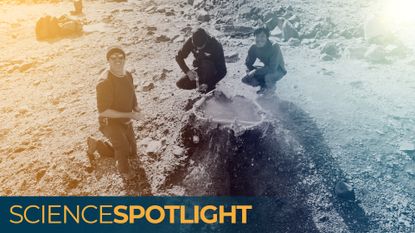
A huge helium shortage is looming — but ancient rocks in Earth's crust may be hiding massive reservoirs
-
-
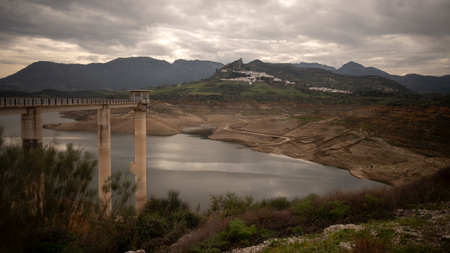
Collapse of key Atlantic current could bring extreme drought to Europe for hundreds of years, study finds
-
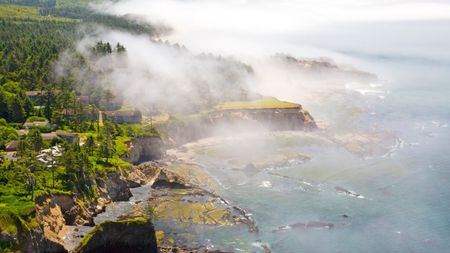
Ruptures from 'silent' earthquakes deep in Earth's crust can heal themselves within hours
-
Latest about Planet Earth
-
-
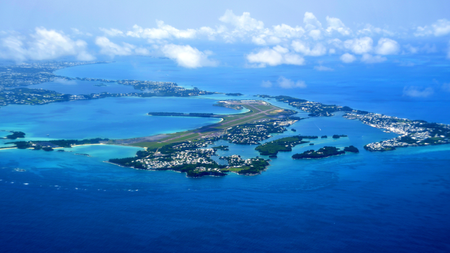
Giant structure discovered deep beneath Bermuda is unlike anything else on Earth
By Stephanie Pappas Published
-
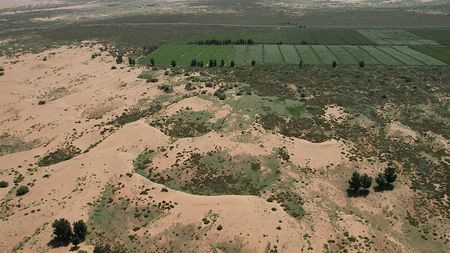
China's Great Green Wall: The giant artificial forest designed to slow the expansion of 2 deserts
By Sascha Pare Published
-
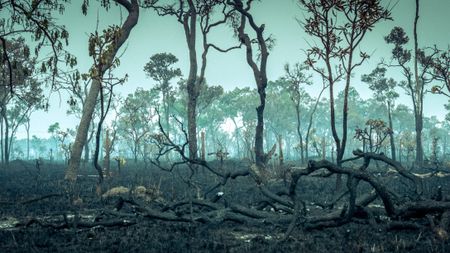
Amazon rainforest is transitioning to a 'hypertropical' climate — and trees won't survive that for long
By Sascha Pare Published
-
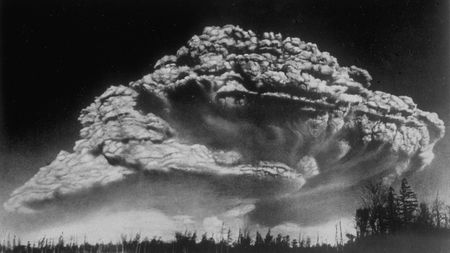
Russia's Bezymianny volcano blew itself apart 69 years ago. It's now almost completely regrown.
By Stephanie Pappas Published
-

'It is simply too hot to handle': 2024 was Arab region's hottest year on record, first-of-its-kind climate report reveals
By Skyler Ware Published
-

Earth's crust hides enough 'gold' hydrogen to power the world for tens of thousands of years, emerging research suggests
By Sascha Pare Published
-
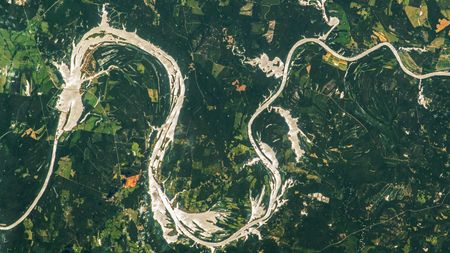 Earth from space
Earth from spaceRare 'sunglint' transforms Alabama River into a giant 'golden dragon'
By Harry Baker Published
-
Explore Planet Earth
Antarctica
-
-

6 million-year-old ice discovered in Antarctica shatters records — and there's ancient air trapped inside
By Patrick Pester Published
-
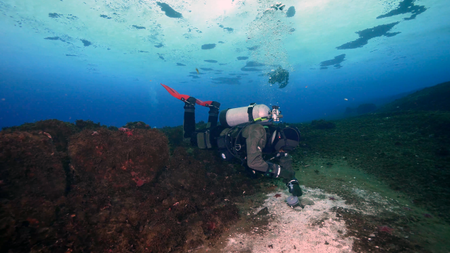
Methane leaks multiplying beneath Antarctic ocean spark fears of climate doom loop
By Patrick Pester Published
-
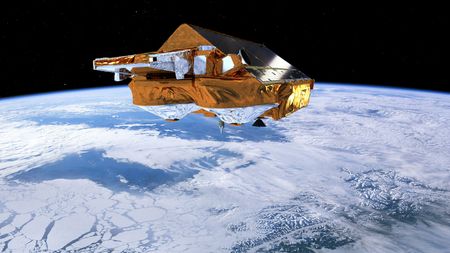
Scientists discover 85 'active' lakes buried beneath Antarctica's ice
By Sascha Pare Published
-
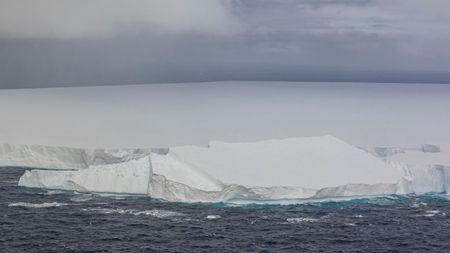
40-year-old 'queen of icebergs' A23a is no longer world's biggest after losing several 'very large chunks' since May
By Sascha Pare Published
-
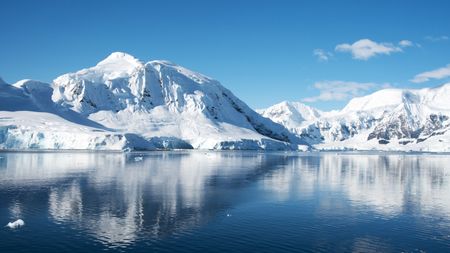
Abrupt changes taking place in Antarctica 'will affect the world for generations to come'
By Felicity McCormack Published
-

Scientists discover long-lost giant rivers that flowed across Antarctica up to 80 million years ago
By Skyler Ware Published
-
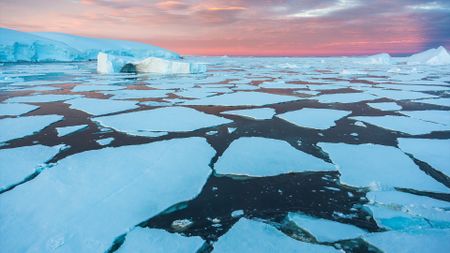
Antarctic sea ice collapse linked to a mysterious spike in ocean salt
By Ben Turner Published
-
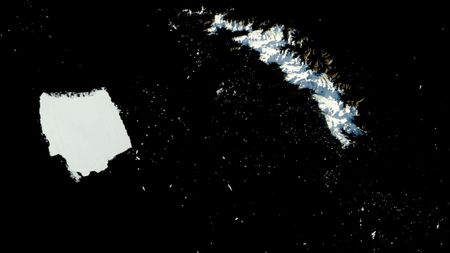 Earth from space
Earth from spaceWorld's largest iceberg, A23a, is disintegrating into thousands of pieces alongside penguin refuge
By Harry Baker Published
-

NASA satellites show Antarctica has gained ice despite rising global temperatures. How is that possible?
By Patrick Pester Published
-
Arctic
-
-
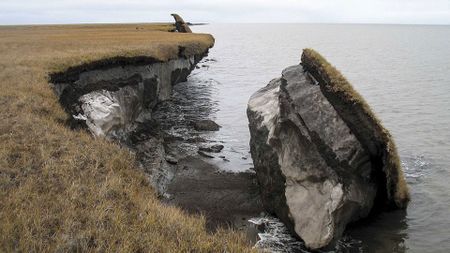
Arctic 'methane bomb' may not explode as permafrost thaws, new study suggests
By Nathaniel Scharping Published
-
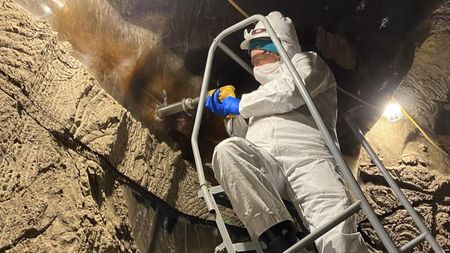
Scientists 'reawaken' ancient microbes from permafrost — and discover they start churning out CO2 soon after
By Sascha Pare Published
-
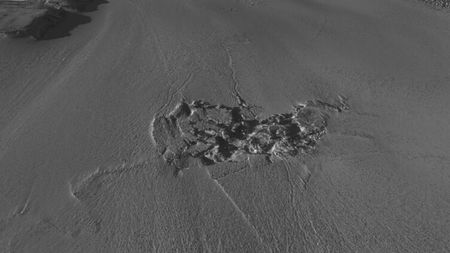
'It was so unexpected': 90 billion liters of meltwater punched its way through Greenland ice sheet in never-before-seen melting event
By Ben Turner Published
-
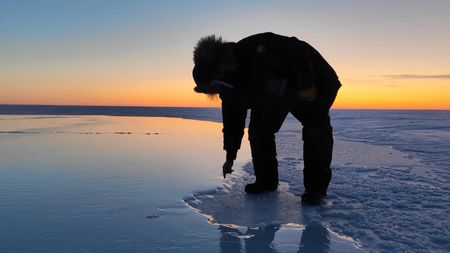
New technologies are helping to regrow Arctic sea ice
By Matilda Hay Published
-
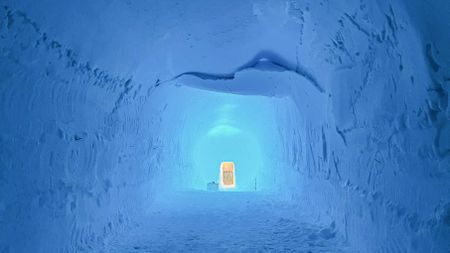
Scientists record never-before-seen 'ice quakes' deep inside Greenland's frozen rivers
By Sascha Pare Published
-
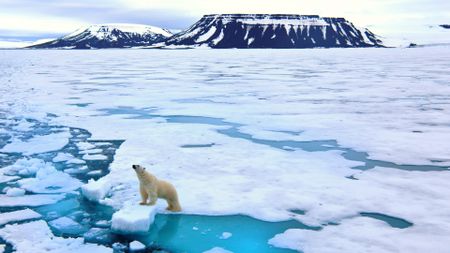
'Ominous milestone for the planet': Arctic Ocean's 1st ice-free day could be just 3 years away, alarming study finds
By Ben Turner Published
-
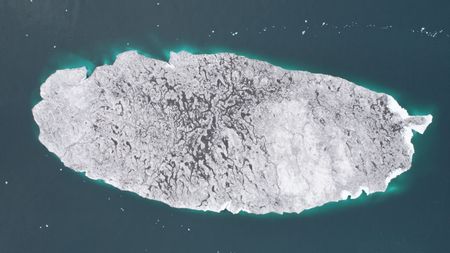
Surprised Russian school kids discover Arctic island has vanished after comparing satellite images
By Harry Baker Published
-
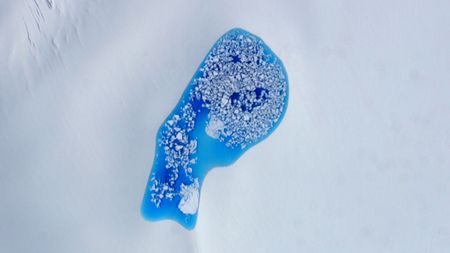 Earth from space
Earth from spaceMassive blue 'melt pond' in Arctic glacier is an eerie sign of things to come
By Harry Baker Published
-
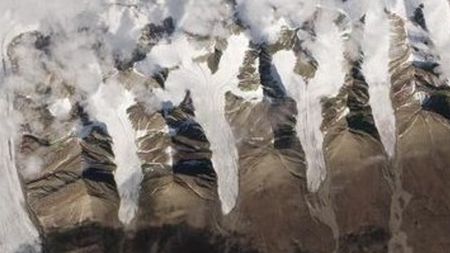 Earth from space
Earth from space4 near-identical glaciers spark new life in Arctic island's 'polar desert'
By Harry Baker Published
-
Climate change
-
-

Amazon rainforest is transitioning to a 'hypertropical' climate — and trees won't survive that for long
By Sascha Pare Published
-

'It is simply too hot to handle': 2024 was Arab region's hottest year on record, first-of-its-kind climate report reveals
By Skyler Ware Published
-
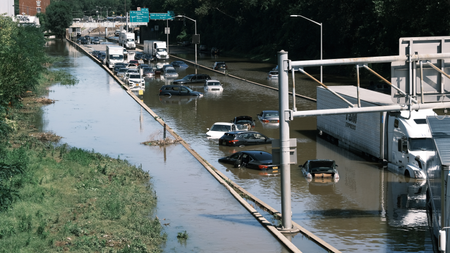
Once-in-a-century floods set to become annual events in northeastern US in the next 75 years, study finds
By Brian Owens Published
-
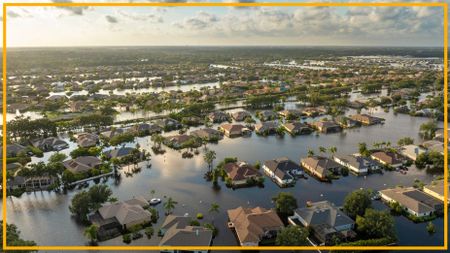 Opinion
OpinionClimate change is real. It's happening. And it's time to make it personal.
By Dr Jo Cutler Published
-

World's first global carbon tax was about to be introduced. Trump dealt a 'devastating blow' to the deal.
By Naveena Sadasivam Published
-
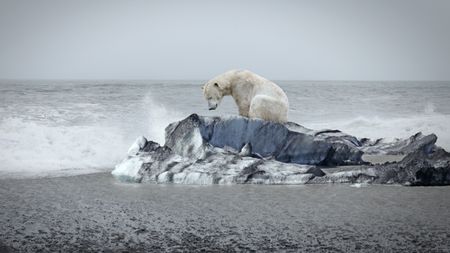
Global warming is forcing Earth's systems toward 'doom loop' tipping points. Can we avoid them?
By Patrick Pester Published
-
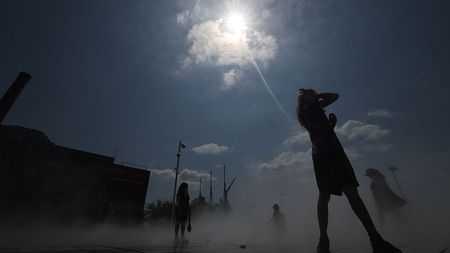
It's official: The world will speed past 1.5 C climate threshold in the next decade, UN says
By Sascha Pare Published
-
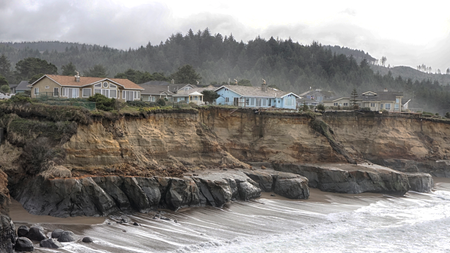
Sink or swim? What will human migration look like as climate change impacts take hold
By Susannah Fisher Published
-
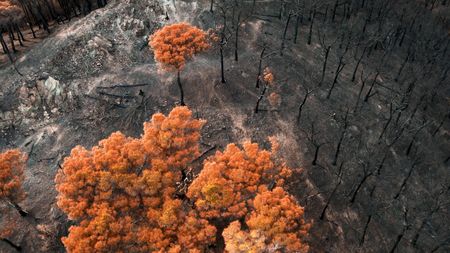
22 of Earth's 34 'vital signs' are flashing red, new climate report reveals — but there's still time to act
By Sascha Pare Published
-
Earthquakes
-
-

Ruptures from 'silent' earthquakes deep in Earth's crust can heal themselves within hours
By Sascha Pare Published
-
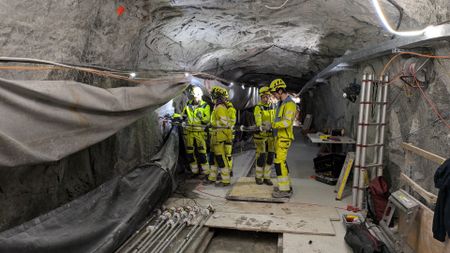
What are the signs that nature is telling us?' Scientists are triggering earthquakes in the Alps to find out what happens before one hits
By Stephanie Pappas Published
-
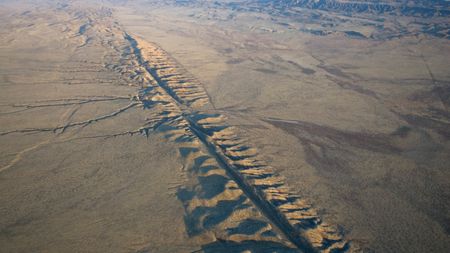
Link between Cascadia and San Andreas Fault earthquakes discovered 30 years after lost vessel stumbled across key data
By Stephanie Pappas Published
-
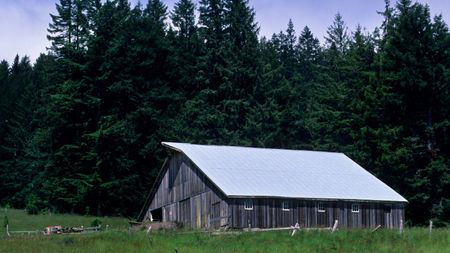
Mystery quake that rocked Northern California in 1954 came from 'eerily quiet' Cascadia Subduction Zone
By Stephanie Pappas Published
-
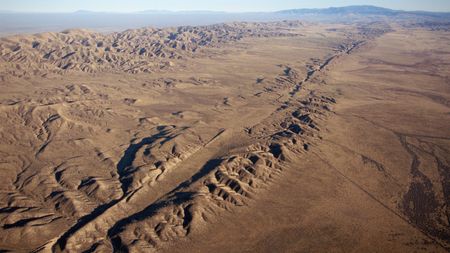
San Andreas fault could unleash an earthquake unlike any seen before, study of deadly Myanmar quake suggests
By Patrick Pester Published
-
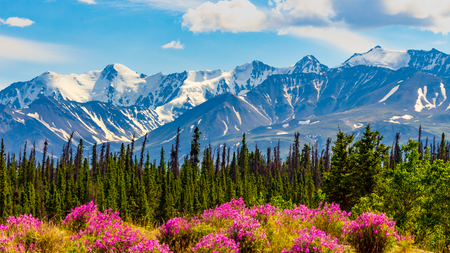
'Sleeping giant' fault beneath Canada could unleash a major earthquake, research suggests
By Stephanie Pappas Published
-
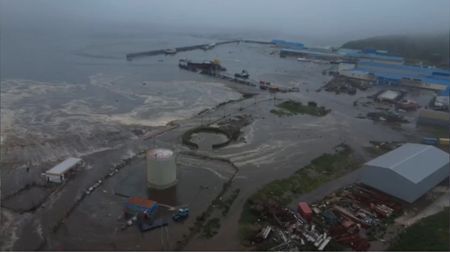
Russia earthquake: Magnitude 8.8 megaquake hits Kamchatka, generating tsunamis across the Pacific
By Pandora Dewan Published
-
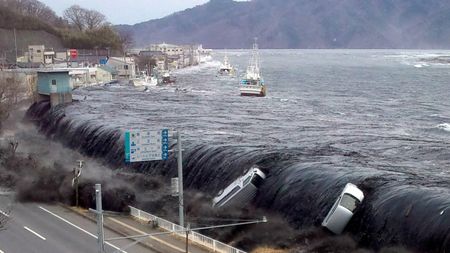 Countdown
CountdownThe 21 largest recorded earthquakes in history
By Tia Ghose Last updated
-

First video of an earthquake fault cracking has revealed another surprise
By Stephanie Pappas Published
-
Energy
-
-

'This technology is possible today': Nuclear waste could be future power source and increase access to a rare fuel
By Perri Thaler Published
-

Nuclear fusion record smashed as German scientists take 'a significant step forward' to near-limitless clean energy
By Victoria Atkinson Published
-

There's 90,000 tons of nuclear waste in the US. How and where is it stored?
By Gerald Frankel Published
-

What is 'induced atmospheric vibration' and did it really cause power outages across Spain and Portugal?
By Jess Thomson Published
-

This ‘glow in the dark’ battery runs on nuclear waste
By Tom Howarth Published
-

China's 'artificial sun' shatters nuclear fusion record by generating steady loop of plasma for 1,000 seconds
By Patrick Pester Published
-
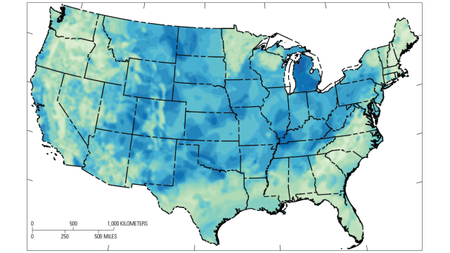
Giant reserves of 'gold' hydrogen may be lurking beneath at least 30 US states, 1st-of-its-kind map reveals
By Sascha Pare Published
-

Nuclear fusion could be the clean energy of the future — but these 'tough' challenges stand in the way
By George R. Tynan Published
-
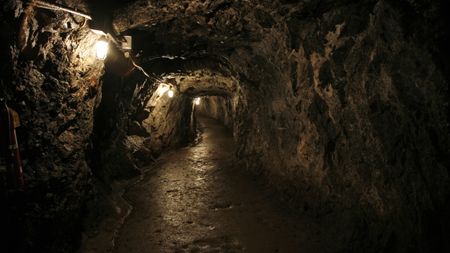
Just a fraction of the hydrogen hidden beneath Earth's surface could power Earth for 200 years, scientists find
By Sascha Pare Published
-
Evolution
-
-
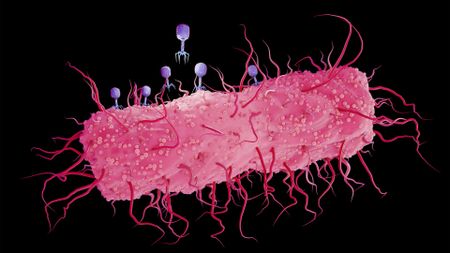
Science history: Experiment shows mutations arise spontaneously, supporting pillar of Darwinian evolution — Nov. 20, 1943
By Tia Ghose Published
-

Tomatoes randomly mated with another plant 9 million years ago. The result? Potatoes.
By Sascha Pare Published
-

In rare evolutionary event, weird platypus cousin evolved from living in water to living on land
By Chris Simms Published
-
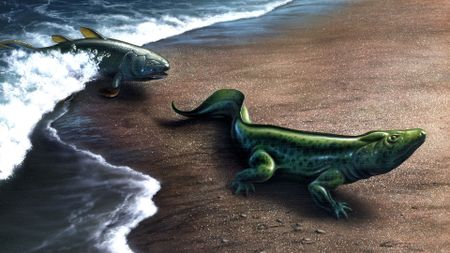
Evolution itself can evolve, new study argues
By Stephanie Pappas Published
-

Our outer ears may have come from ancient fish gills, scientists discover
By Sascha Pare Published
-
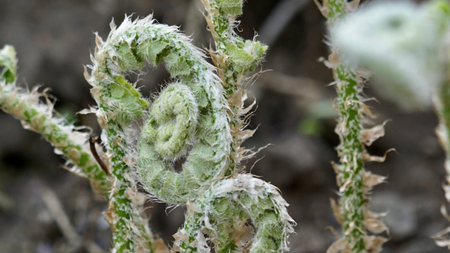
Ferns can evolve 'backward,' scientists discover
By Jacob S. Suissa Published
-

Sunlight shapes our evolution — and may explain why some people have curly hair
By Mike Lee Published
-

Evolution quiz: Can you naturally select the correct answers?
By Hannah Osborne Published
-
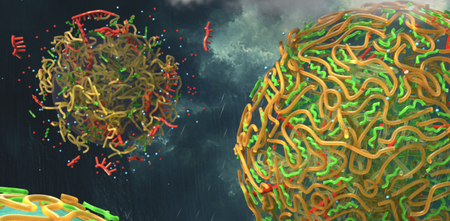
Raindrops may have helped kick-start life on the planet
By Aman Agrawal Published
-
Geology
-
-

Giant structure discovered deep beneath Bermuda is unlike anything else on Earth
By Stephanie Pappas Published
-

Earth's crust hides enough 'gold' hydrogen to power the world for tens of thousands of years, emerging research suggests
By Sascha Pare Published
-
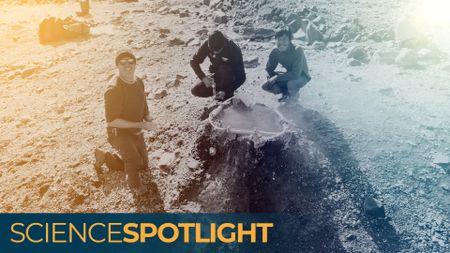
A huge helium shortage is looming — but ancient rocks in Earth's crust may be hiding massive reservoirs
By Sascha Pare Published
-
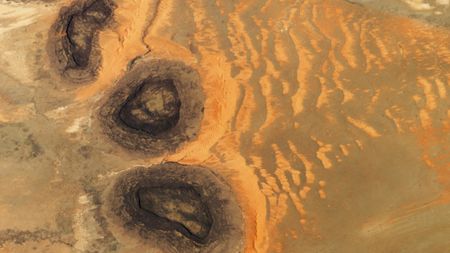 Earth from space
Earth from spaceTrio of 'black mesas' leftover from Paleozoic era spawn rare sand dunes in the Sahara
By Harry Baker Published
-
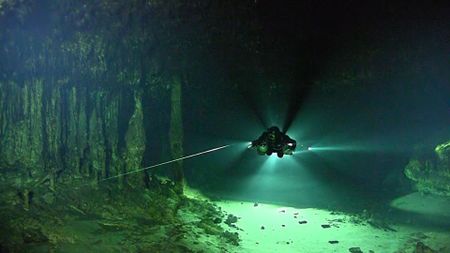
Sistema Ox Bel Ha: A vast hidden system that's the longest underwater cave in the world
By James Price Published
-
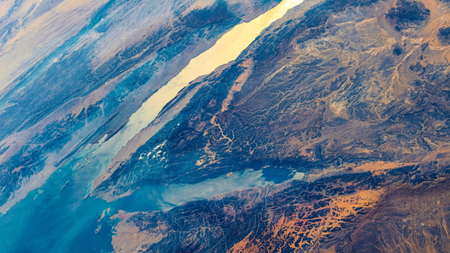
A gulf separating Africa and Asia is still pulling apart — 5 million years after scientists thought it had stopped
By Stephanie Pappas Published
-

Parts of Arizona are being sucked dry, with areas of land sinking 6 inches per year, satellite data reveals
By Skyler Ware Published
-
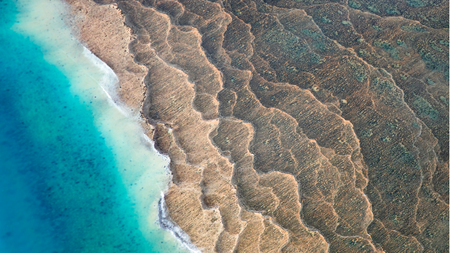
Breakup of ancient supercontinent Nuna created 'incubators' for complex life, study finds
By Sascha Pare Published
-
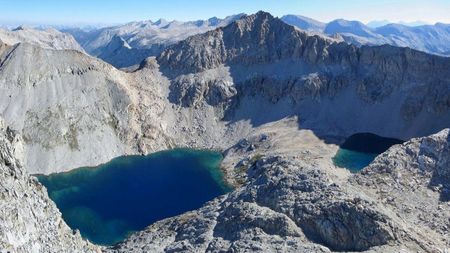
Triple Divide Peak: Montana's unique liquid 'crossroads' where water can flow into three oceans
By Sascha Pare Published
-
Microbiology
-
-
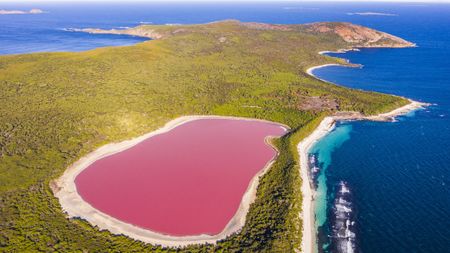
Australia's pink lakes: The remnants of ancient rivers now teeming with microbes that make rosy pigments
By Sascha Pare Published
-
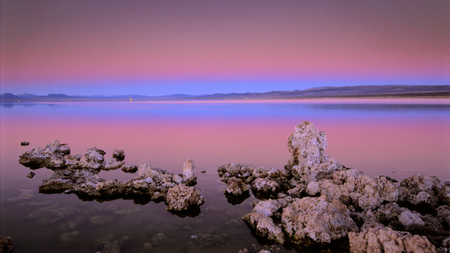
Embattled 'arsenic life' paper retracted by journal Science 15 years after publication
By Kristina Killgrove Published
-

'It is our obligation to future generations': Scientists want thousands of human poop samples for microbe 'doomsday vault'
By Sascha Pare Published
-
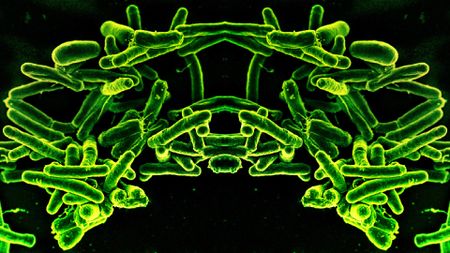
'Mirror life forms' may sound like science fiction, but scientists warn they could be deadly to humans and destroy the environment
By Mark Lorch Published
-

Mouse brains, cannabis plants and spider eyes: 20 jaw-dropping images of the microscopic world around us
By Hannah Osborne Published
-

'Loch ness monster' microbe stretches its neck to 30 times its body length in seconds
By Lars Fischer Published
-
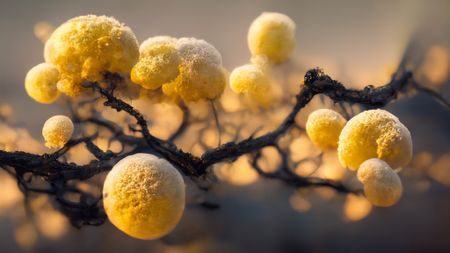
'The most critically harmful fungi to humans': How the rise of C. auris was inevitable
By Arturo Casadevall Published
-
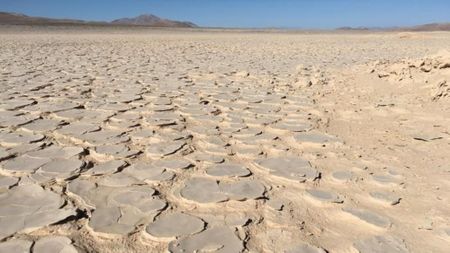
Hidden 'biosphere' of extreme microbes discovered 13 feet below Atacama Desert is deepest found there to date
By Sascha Pare Published
-
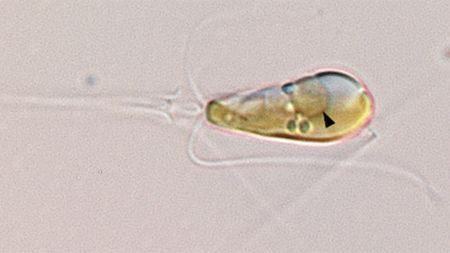
Scientists discover once-in-a-billion-year event — 2 lifeforms merging to create a new cell part
By Sascha Pare Published
-
Plants
-
-

China's Great Green Wall: The giant artificial forest designed to slow the expansion of 2 deserts
By Sascha Pare Published
-
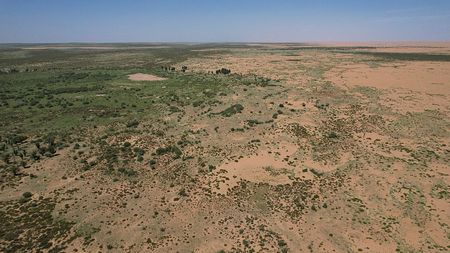
China has planted so many trees it's changed the entire country's water distribution
By Sascha Pare Published
-
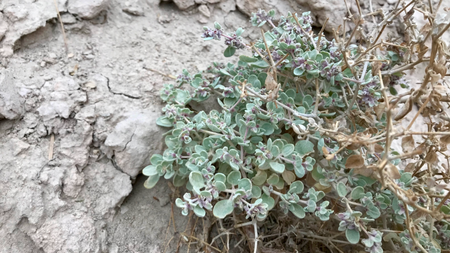
Death Valley shrub rearranges its insides to thrive in one of the hottest places on Earth
By Sarah Wild Published
-

Why can pumpkins grow so large, but blueberries can't?
By Ashley Hamer Published
-

Fruits and vegetables quiz: Do you know where pumpkins, blueberries and broccoli come from?
By Laura Geggel Published
-
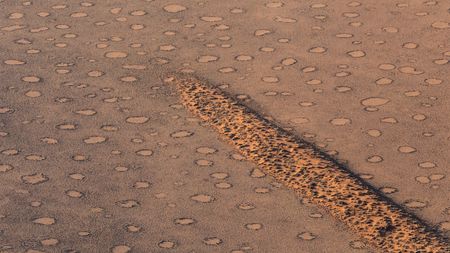
Plants self-organize in a 'hidden order,' echoing pattern found across nature
By Olivia Ferrari Published
-
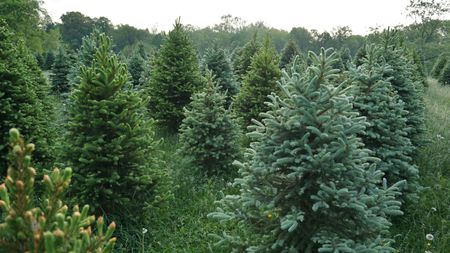
Scientists discover gold nanoparticles hidden in spruce tree needles
By Richard Pallardy Published
-

Do figs really have dead wasps in them?
By Marilyn Perkins Published
-
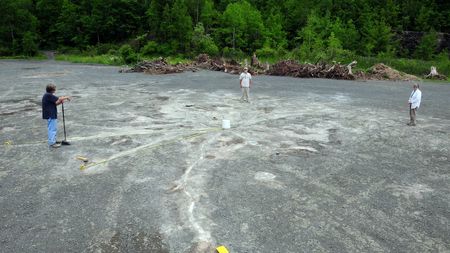
Cairo Fossil Forest: The oldest forest in North America with 385 million-year-old trees
By Sascha Pare Published
-
Pollution
-
-

Are biodegradable plastics really worth the hype?
By Melissa Gaskill Published
-
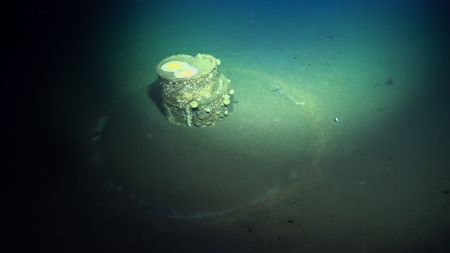
Scientists are finally learning what's inside mysterious 'halo' barrels submerged off Los Angeles
By Chris Simms Published
-
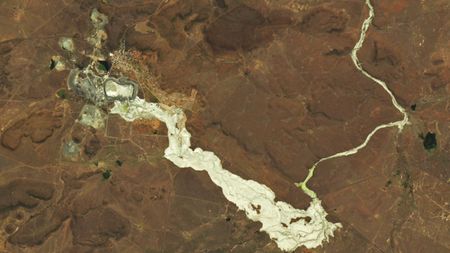 Earth from space
Earth from spaceGolden river of toxic waste spills out from deadly mining disaster in South Africa
By Harry Baker Published
-
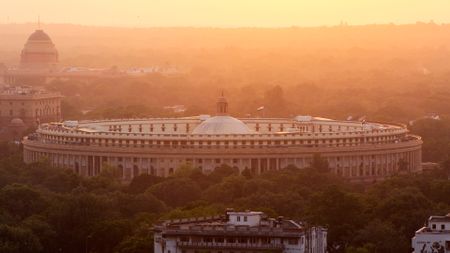
What are the most polluted cities in the world?
By Meg Duff Published
-
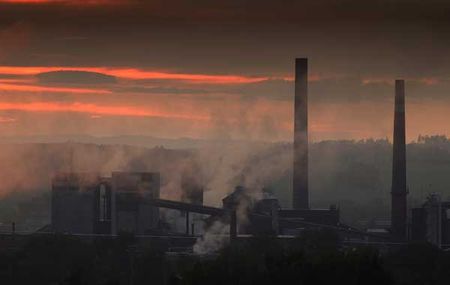
Pollution facts and types of pollution
By Alina Bradford Last updated
-

Even brief exposure to diesel fumes alters activity in key brain network, study finds
By Rebecca Sohn Published
-

Monet and Turner's atmospheric landscapes actually depicted air pollution, new study finds
By Jennifer Nalewicki Published
-
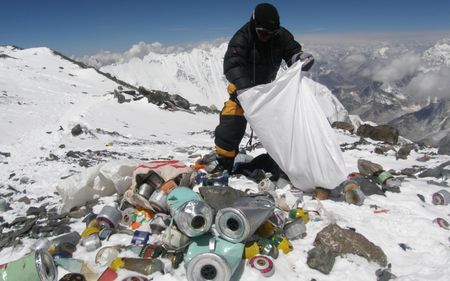
How Much Trash Is on Mount Everest?
By Kimberly Hickok Last updated
-
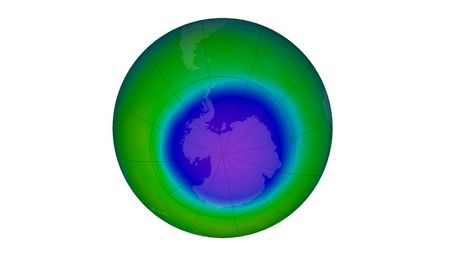
Hole in the ozone layer has grown for a 3rd year in a row — but scientists aren’t concerned
By JoAnna Wendel Published
-
Rivers & Oceans
-
-
 Earth from space
Earth from spaceRare 'sunglint' transforms Alabama River into a giant 'golden dragon'
By Harry Baker Published
-

Collapse of key Atlantic current could bring extreme drought to Europe for hundreds of years, study finds
By Sarah Wild Published
-
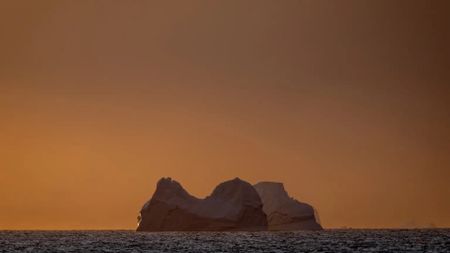
Antarctica's Southern Ocean might be gearing up for a thermal 'burp' that could last a century
By Matt Simon Published
-
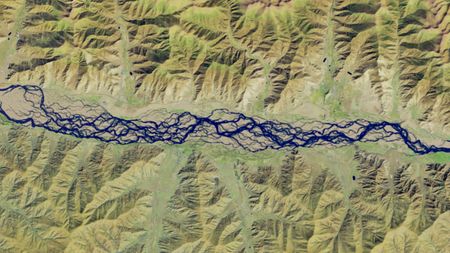 Earth from space
Earth from spaceShapeshifting 'braided river' in Tibet is the highest in the world, and is becoming increasingly unstable
By Harry Baker Published
-
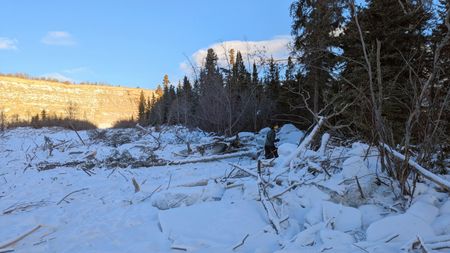
An 'ice tsunami' in 2024 ripped through the Yukon with such force it tore up trees and the riverbed
By Stephanie Pappas Published
-
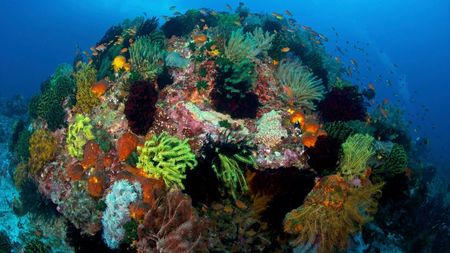
Coral Triangle: The giant hidden 'Amazon' beneath the sea that appears somewhat resilient to climate change
By Sascha Pare Published
-
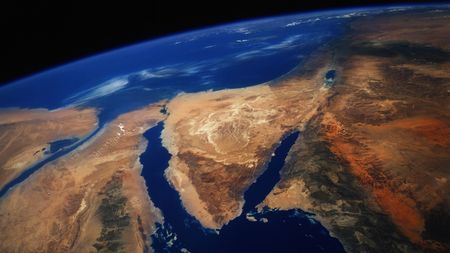
The Red Sea experienced 'one of the most extreme environmental events on Earth' 6 million years ago
By Stephanie Pappas Published
-
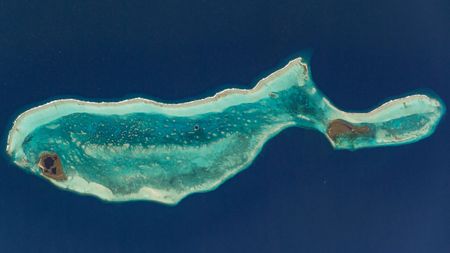 Earth from space
Earth from spaceThe whale-shaped island in Belize with a 'great blue blowhole'
By Harry Baker Published
-
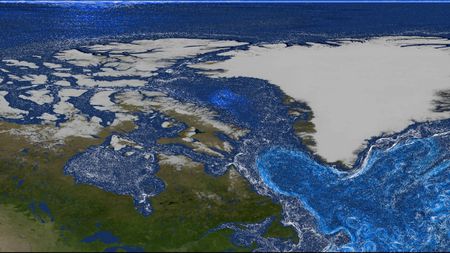
Massive system of rotating ocean currents in the North Atlantic is behaving strangely — and it may be reaching a tipping point
By Sascha Pare Published
-
Tsunami
-
-
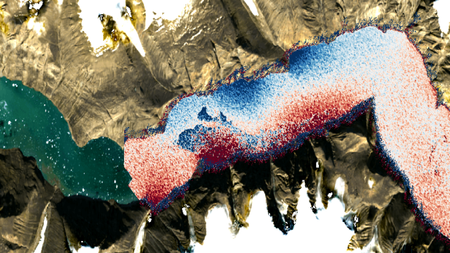
Mysterious 'mega-tsunamis' that shook the entire world for 9 days revealed by satellite
By Ben Turner Published
-
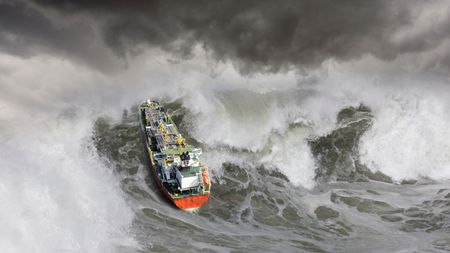
Tsunamis up to 90 feet high smash into New Zealand every 580 years, study finds
By Stephanie Pappas Published
-
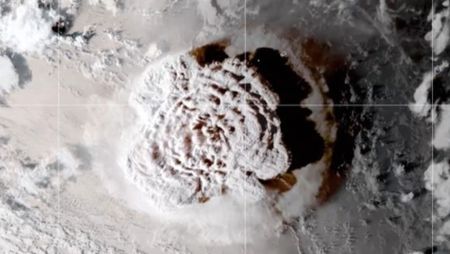
1st mega-tsunami on record since antiquity was triggered by Tonga volcanic eruption
By Charles Q. Choi Published
-
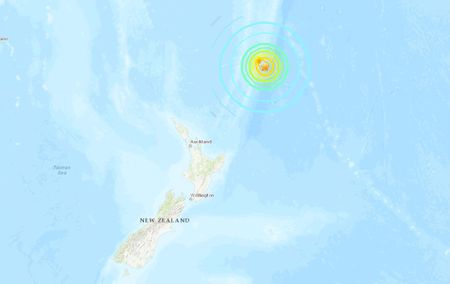
Powerful 8.1-magnitude earthquake off New Zealand triggers tsunami warnings
By Rachael Rettner Last updated
-

Magnitude-7.3 earthquake strikes Fukushima, tsunami warning issued
By Ben Turner Published
-
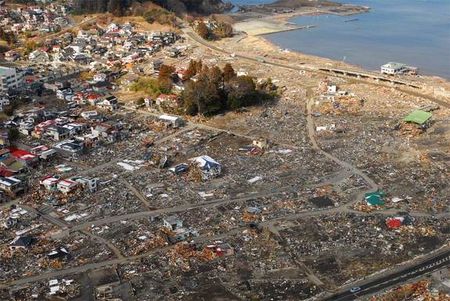
Japan earthquake & tsunami of 2011: Facts and information
By Becky Oskin Published
-

'Invisible' earthquake caused mysterious 2021 tsunami, scientists find
By Ben Turner Published
-
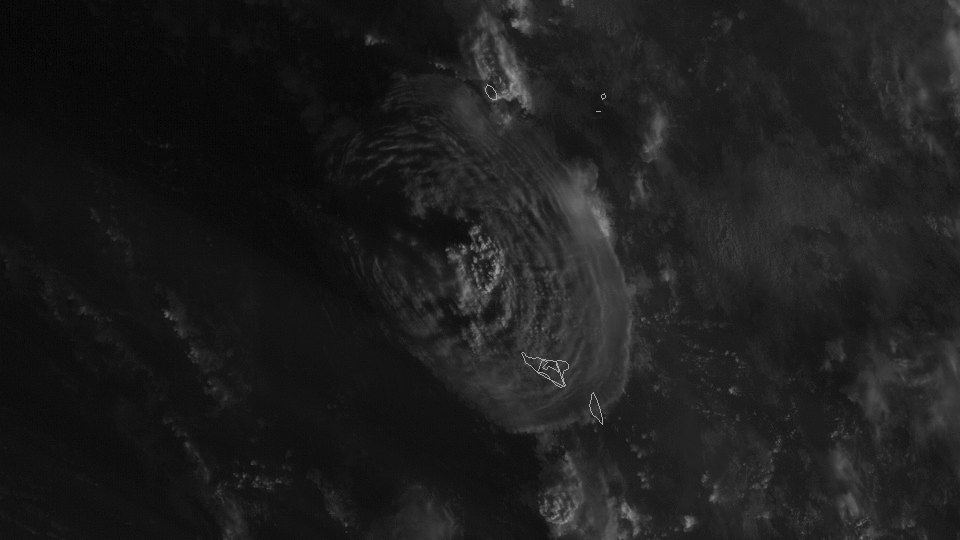
4-foot tsunami hits Tonga after explosive eruption of underwater volcano
By Jeanna Bryner Published
-
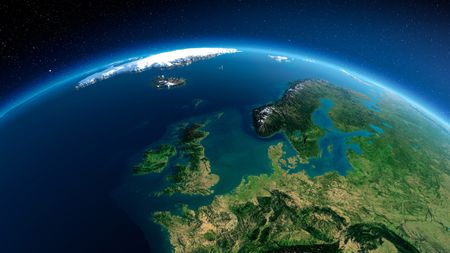
Lost islands beneath the North Sea survived a mega-tsunami 8,000 years ago
By Tom Metcalfe Published
-
Volcanos
-
-

Russia's Bezymianny volcano blew itself apart 69 years ago. It's now almost completely regrown.
By Stephanie Pappas Published
-
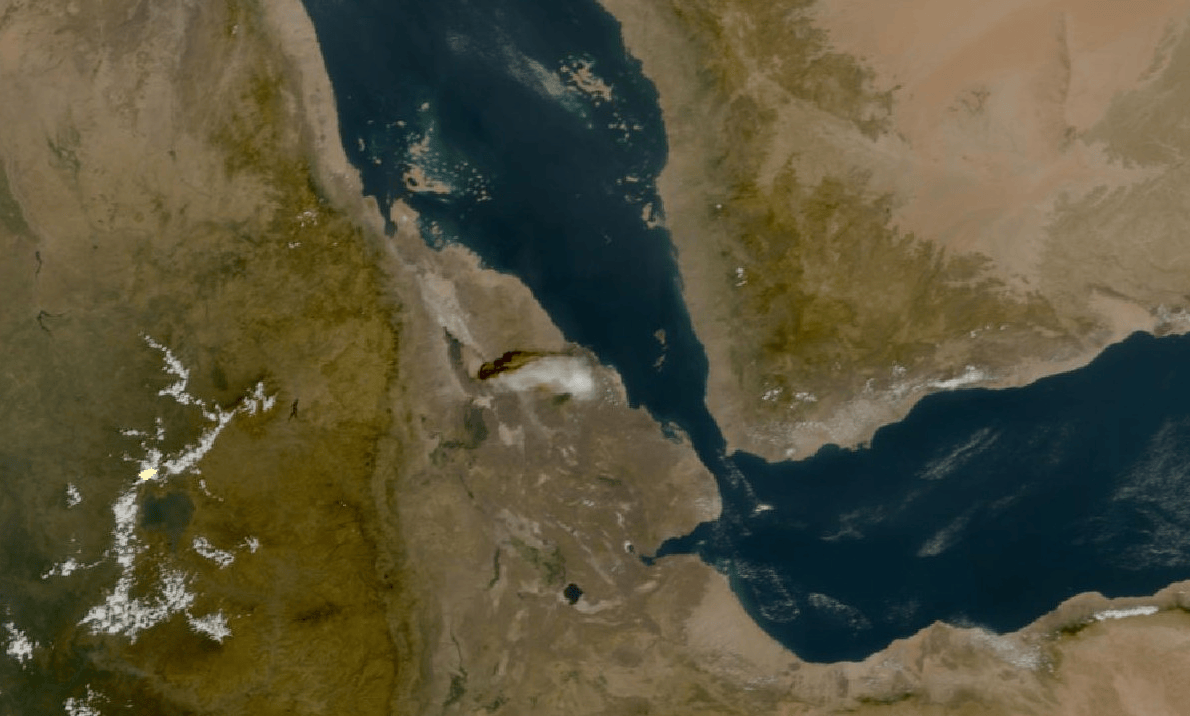
'Like a sudden bomb': See photos from space of Ethiopian volcano erupting for first time in 12,000 years
By Skyler Ware Published
-
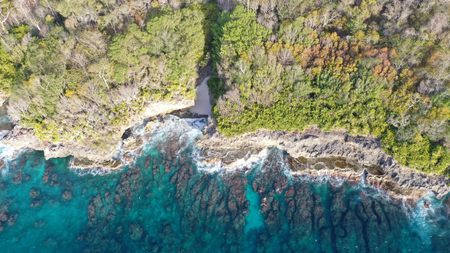
Eruptions of ocean volcanoes may be the echoes of ancient continental breakups
By Stephanie Pappas Published
-
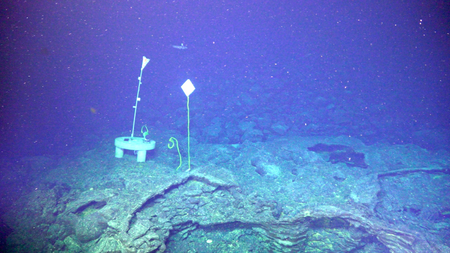
Underwater volcano off Oregon coast likely won't erupt until mid-to-late 2026
By Sascha Pare Published
-
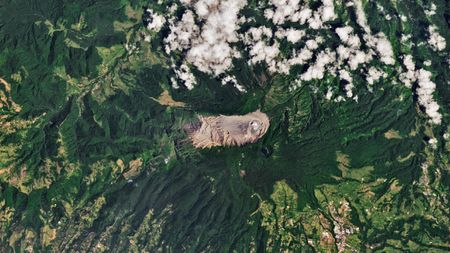 Earth from space
Earth from spaceExtreme 'paradise' volcano in Costa Rica is like a piece of ancient Mars on our doorstep
By Harry Baker Published
-
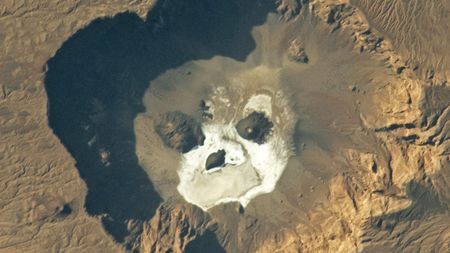 Earth from space
Earth from spaceGlowering 'skull' stares upward from a giant volcanic pit in the Sahara
By Harry Baker Published
-
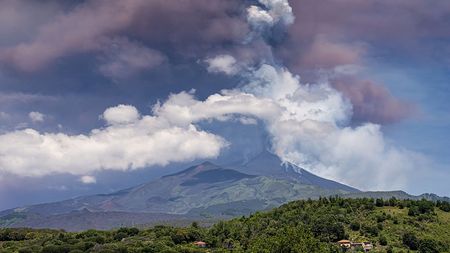
Scientists discover new way to predict next Mount Etna eruption
By Sascha Pare Published
-
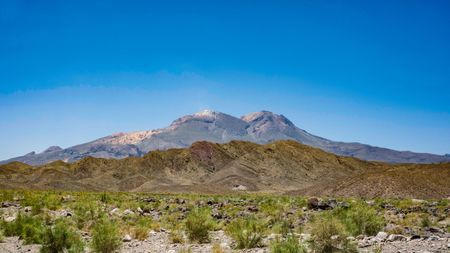
An Iranian volcano appears to have woken up — 700,000 years after its last eruption
By Stephanie Pappas Published
-
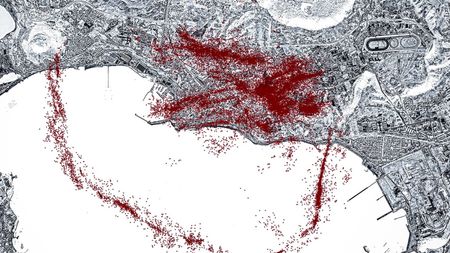
AI reveals hidden 'ring fault' that is unleashing earthquakes at Italy's Campi Flegrei volcano
By Sascha Pare Published
-
Weather
-
-

Death Valley's 'world's hottest temperature' record may be due to a human error
By Sascha Pare Published
-
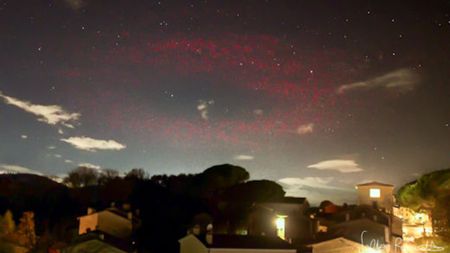
Bizarre, UFO-like halo of red light appears over small Italian town — for the second time in 3 years
By Harry Baker Published
-
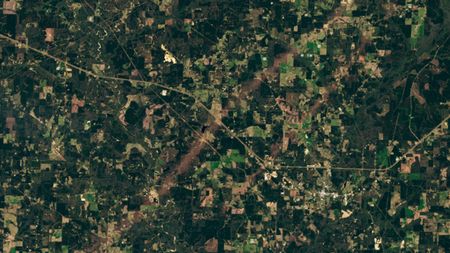 Earth from space
Earth from spaceTwin tornadoes tear perfectly parallel tracks through Mississippi during deadly 'superstorm'
By Harry Baker Published
-
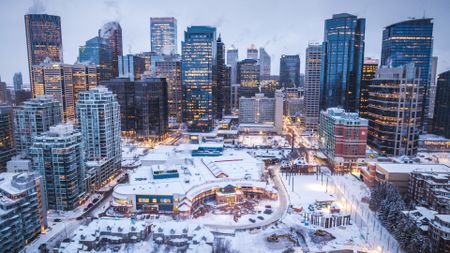
Why do European cities have milder winters than those in North America, despite being at the same latitude?
By Jesse Steinmetz Published
-
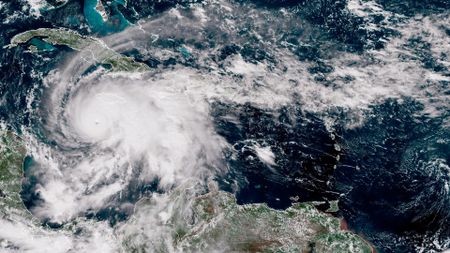
Watch Air Force fly inside the eye of Hurricane Melissa as experts warn 'storm of the century' will be catastrophic for Jamaica
By Patrick Pester Published
-
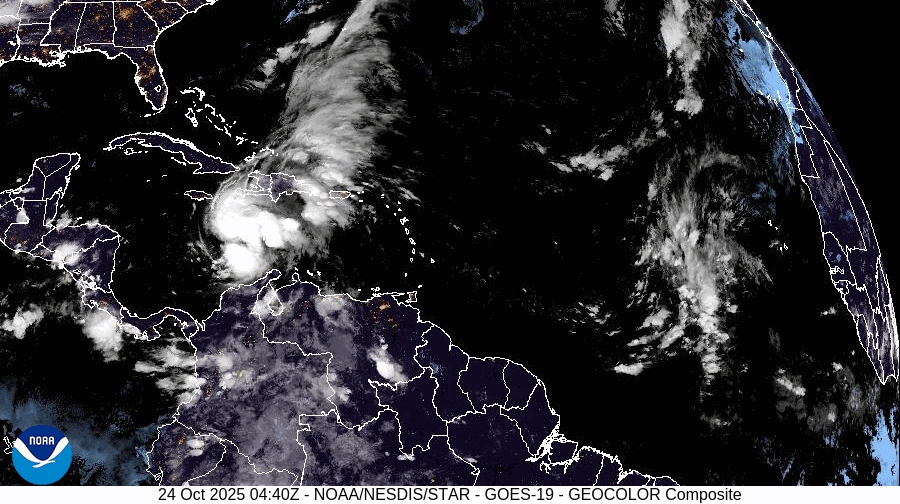
'Near stationary' Tropical Storm Melissa is moving slower than a person walking — and it may bring deadly flash floods to the Caribbean
By Sascha Pare Published
-
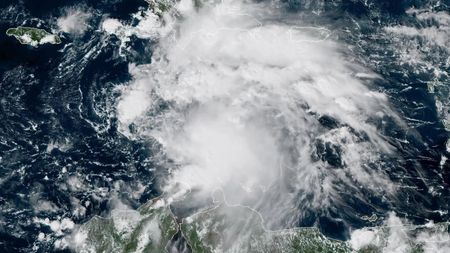
Tropical Storm Melissa puts Caribbean's most flood-vulnerable places at risk
By Bob Henson Published
-
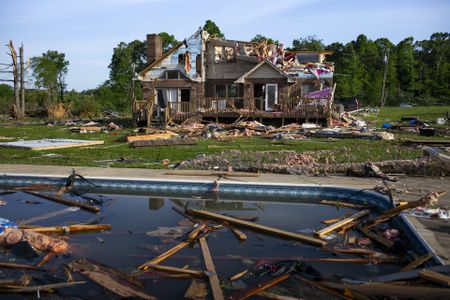
The most devastating extreme weather events of the year: Gallery
By James Price Published
-
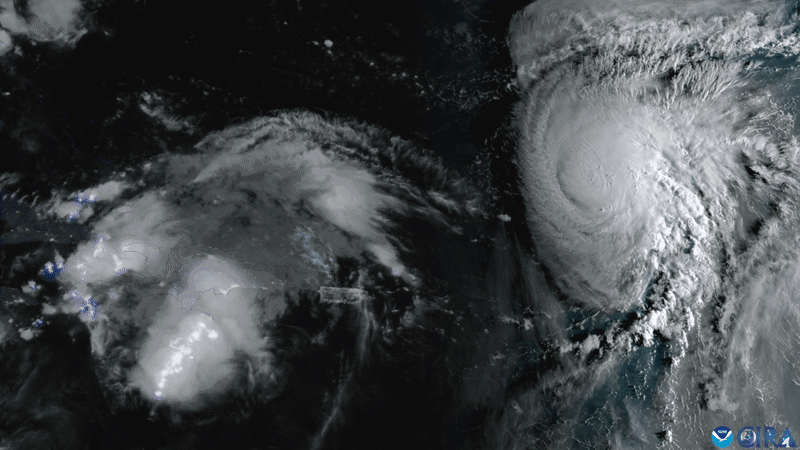
Rare Fujiwhara hurricane 'dance' could save East Coast from worst effects of Tropical Storm Imelda
By Patrick Pester Published
-
More about Planet Earth
-
-
 Earth from space
Earth from spaceRare 'sunglint' transforms Alabama River into a giant 'golden dragon'
By Harry Baker Published
-

A huge helium shortage is looming — but ancient rocks in Earth's crust may be hiding massive reservoirs
By Sascha Pare Published
-

Volcanic eruption triggered 'butterfly effect' that led to the Black Death, researchers find
By Kristina Killgrove Published
-

